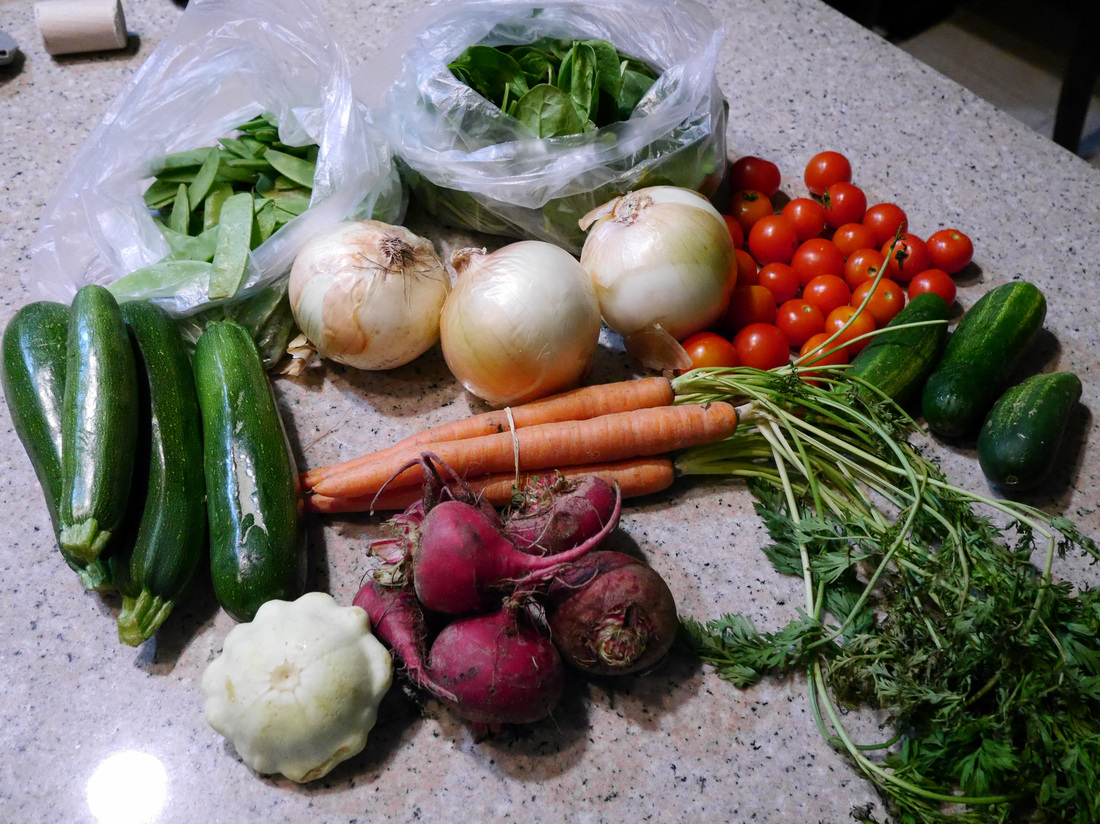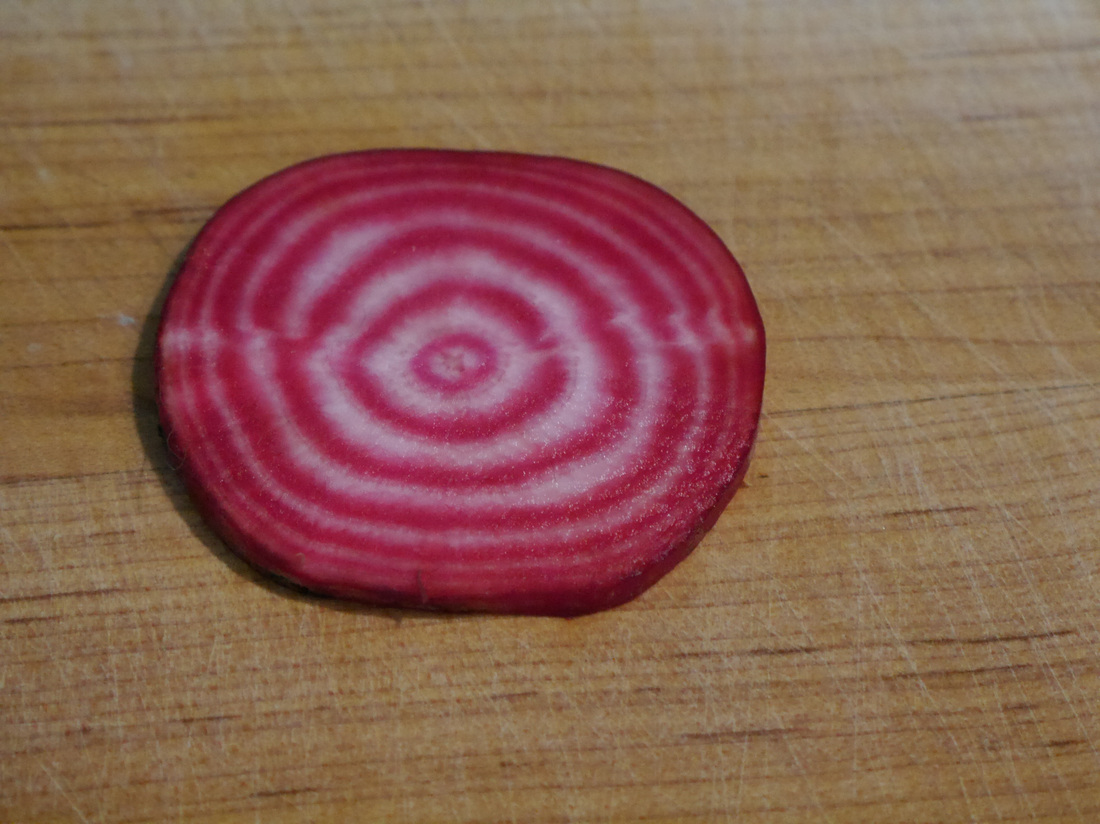One of the primary goals of this blog is to offer up ideas for saving you a little money while simultaneously pursuing the quest for improving health. “Organic, seasonal, local/fresh”...these words are often associated with high quality ingredients that carry exorbitant prices. Exorbitant? Nope, as Fiscally Fit Foodies, we don’t roll like that.
If I told you that it was possible to obtain organic, seasonal, and local/fresh produce at a price similar to that which you pay for non-organic produce at the grocery store, that would be pretty awesome, right? Well, you’re in luck!
How do you go about finding a CSA provider with a pick-up location near you? You simply go to the Local Harvest Website and search for CSA programs in your area.
You can visit the individual farm websites to determine what to expect from your weekly boxes (both volume and price-wise). Some farmers have recipes on their sites and in the emails they send each week. This comes in handy when you receive something you’re not extremely familiar with (kohlrabi , anyone?) or when it’s cauliflower season, you’re getting a head of it in your box every week, and you’re looking for a new idea or three. It’s also common for the farms to hold “open houses” that allow you a firsthand look at where and how your produce is grown.
Oftentimes these same farms have fresh eggs or meat CSA shares as well. Do a little research and pick the option that is most convenient and fits your needs the best. You’re saving money, getting exceptional product, building a relationship with the person/people growing your food, and supporting a local business. It doesn’t get much better than that.
Some additional notes:
1. You will have items in your box that go bad more quickly than others. There are ways to prolong the usable life of some of these items, but some will have to be used within a couple days, especially if they’re already fully ripe. This is a bit of a learning experience, but feel free to ask me any questions you may have.
2. Use the box as an opportunity to experiment. You may see broccoli in five boxes consecutively, just because it’s in season and they grow this on the farm your box is coming from. Try roasting it, making a soup with it, or stir frying it...find a recipe you’ve been wanting to try and go for it! Variety is the spice of life.
3. Do not wash your vegetables until just before using them. Early rinsing promotes bacterial growth and can speed up spoilage.
4. Boiling vegetables results in a large loss of nutrients. Deep-frying penetrates the food and dehydrates the veggies. Steaming and sautéing are optimal cooking techniques that preserve nutrients.
5. Many of the vitamins and nutrients in vegetables are fat soluble, so sautéing in olive oil not only maximizes flavor, but your body absorbs nutrients/vitamins better in the presence of this healthy fat.
6. Seasonal vegetables tend to complement one another quite well. As the title indicates, “what grows together, goes together.” Soups, quiches, and stir fries are all great end-of-the-box dishes.



 RSS Feed
RSS Feed